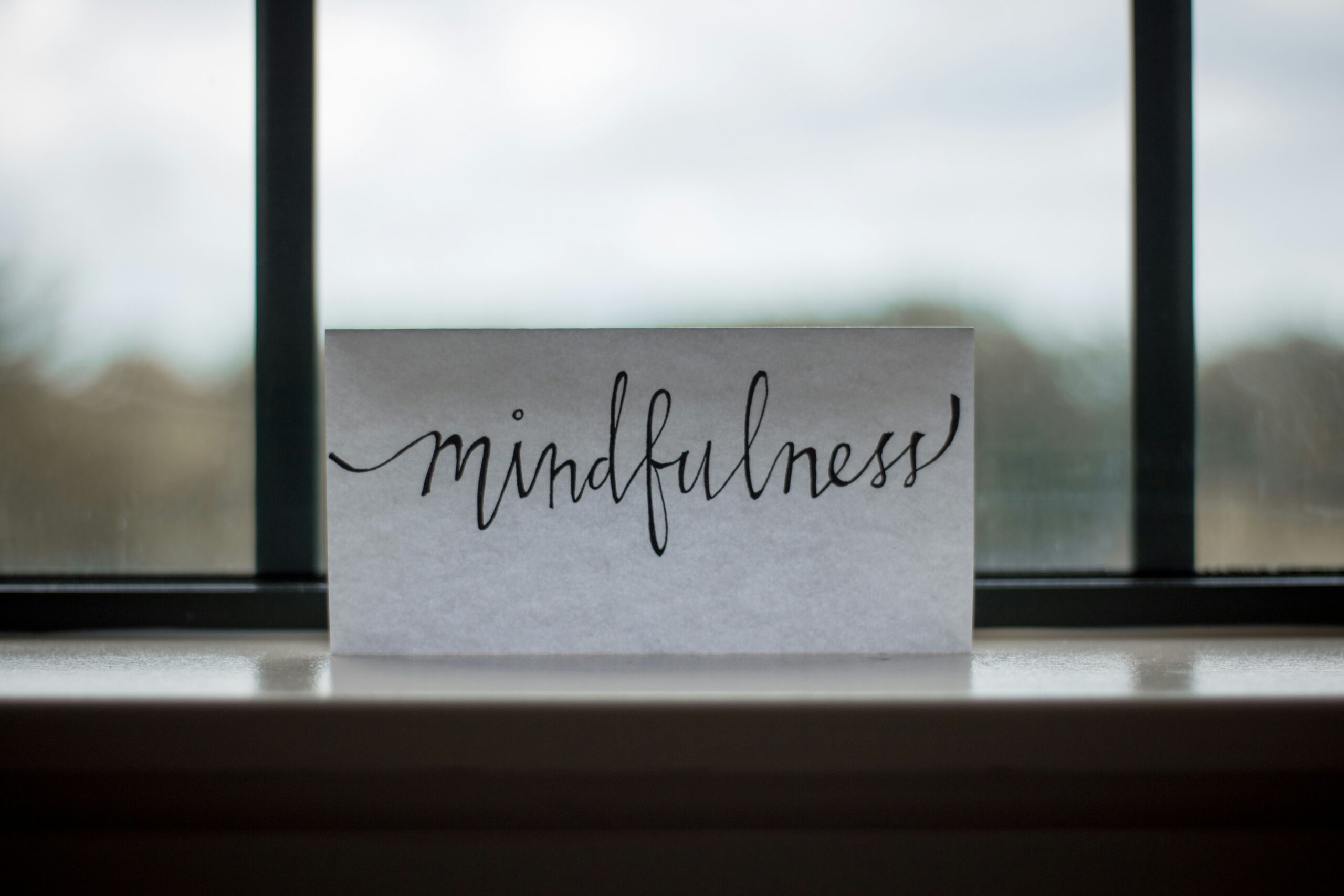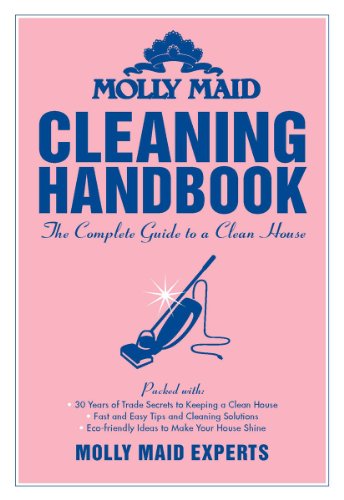
Non-attachment theory, often associated with minimalism and mindfulness, is a practical approach to decluttering that goes beyond simply removing physical items. It’s about understanding the emotional connection to possessions and letting go of what no longer serves you.
How to Use this Theory at Home
Mindful Assessment
Start by examining your possessions with honesty. Ask yourself: Does this item bring me joy? Is it functional? Do I use it regularly? Be mindful of sentimental attachments and consider if the memory associated with an item can be preserved without the physical object.
Challenge Emotional Attachments
Many items hold sentimental value. Acknowledge these feelings but question if the item is worth the emotional and physical clutter it creates. Consider taking photos or keeping digital records as alternatives.
The One-Year Rule
If you haven’t used an item during the year, consider letting it go. Exceptions can be made for seasonal items or valuable possessions.
Digital Declutter
Don’t forget your digital space (it’s easy to do!). Unsubscribe from unwanted emails, delete unused apps, and organize your computer files.
Focus on Experiences
Shift your priorities from acquiring things to creating experiences. Invest time and energy in building memories rather than accumulating possessions.
The Benefits of Non-Attachment Decluttering
Tidying up a desk, a room or an entire home is a huge achievement, but the benefits don’t end there! In addition to less mess, a decluttered space can reduce stress, improve focus, and create a sense of calm. By letting go of physical clutter, you may also find that mental clutter diminishes. This practice can also lead to a more mindful and intentional lifestyle that boosts your environmental consciousness. Simply put, owning fewer things often means less consumption and waste.

